 On three occasions, those who have been determined to bring their concerns via a rally directly to the BC legislature have been forced to cancel it. …Now, planning will be underway for the next attempt. Why the effort? Because the provincial government is making decisions that are simply wrong. Other than being one of a few hundred government spin doctors or a member of an entitled environmental corporation, all involved in our business know these decisions are wrong and that much better options exist to protect workers, communities, and the environment. On behalf of the TLA, I was going to have the honour of speaking at the rally. Well, no need to waste a speech, so here’s the essence of what I planned to say.
On three occasions, those who have been determined to bring their concerns via a rally directly to the BC legislature have been forced to cancel it. …Now, planning will be underway for the next attempt. Why the effort? Because the provincial government is making decisions that are simply wrong. Other than being one of a few hundred government spin doctors or a member of an entitled environmental corporation, all involved in our business know these decisions are wrong and that much better options exist to protect workers, communities, and the environment. On behalf of the TLA, I was going to have the honour of speaking at the rally. Well, no need to waste a speech, so here’s the essence of what I planned to say.
Frankly, I would rather be doing more productive things than be here at this rally, like moving our forest sector progressively forward. …Instead, we’re fighting international environmental corporations creating a false crisis for their own selfish benefits, trying to counter false narratives about the state of BC’s forests, trying to persuade a government to take a better path forward than their obvious capitulation to special interest groups, fighting government decisions affecting thousands of good people and forest workers, and fighting to counter decisions based primarily on political factors versus science and people. So, is there a better path forward? Of course, there is.
…Regardless of whether this speech happens, the fundamental question is what will happen next? …Will government start to meaningfully engage with all of us or simply wait us out?
 West Fraser will permanently reduce capacity at its Hinton pulp mill, switching to unbleached kraft pulp. In other Business news: Drax opens a new pellet plant in Alabama; Domain Timber to manage Virginia forestlands; and market updates on the supply chain, labour woes, lumber prices, housing share and mass timber trends.
West Fraser will permanently reduce capacity at its Hinton pulp mill, switching to unbleached kraft pulp. In other Business news: Drax opens a new pellet plant in Alabama; Domain Timber to manage Virginia forestlands; and market updates on the supply chain, labour woes, lumber prices, housing share and mass timber trends. On three occasions, those who have been determined to bring their concerns via a rally directly to the BC legislature have been forced to cancel it. …Now, planning will be underway for the next attempt. Why the effort? Because the provincial government is making decisions that are simply wrong. Other than being one of a few hundred government spin doctors or a member of an entitled environmental corporation, all involved in our business know these decisions are wrong and that much better options exist to protect workers, communities, and the environment. On behalf of the TLA, I was going to have the honour of speaking at the rally. Well, no need to waste a speech, so here’s the essence of what I planned to say.
On three occasions, those who have been determined to bring their concerns via a rally directly to the BC legislature have been forced to cancel it. …Now, planning will be underway for the next attempt. Why the effort? Because the provincial government is making decisions that are simply wrong. Other than being one of a few hundred government spin doctors or a member of an entitled environmental corporation, all involved in our business know these decisions are wrong and that much better options exist to protect workers, communities, and the environment. On behalf of the TLA, I was going to have the honour of speaking at the rally. Well, no need to waste a speech, so here’s the essence of what I planned to say. VANCOUVER, BC
VANCOUVER, BC  ALABAMA — Drax Group has opened a new pellet plant at Demopolis in Alabama. At full capacity the plant at Demopolis, which is Drax’s second production facility in Alabama, will produce 360,000 metric tonnes of sustainable biomass pellets a year. Alabama Governor Kay Ivey said, “Drax’s wood pellet plant will drive long-term economic growth and spark significant job creation.” …Drax’s pellet plants help support employment with around 350 people employed during construction of the new plant, and 120 people employed directly by the renewable energy company at its two pellet plants in Demopolis in Marengo County and Aliceville, in Pickens County. …Including Demopolis, Drax’s operates seven pellet plants in the US south. The Demopolis and Aliceville pellet plants support Drax’s plans to increase pellet production to meet growing demand in Europe and Asia.
ALABAMA — Drax Group has opened a new pellet plant at Demopolis in Alabama. At full capacity the plant at Demopolis, which is Drax’s second production facility in Alabama, will produce 360,000 metric tonnes of sustainable biomass pellets a year. Alabama Governor Kay Ivey said, “Drax’s wood pellet plant will drive long-term economic growth and spark significant job creation.” …Drax’s pellet plants help support employment with around 350 people employed during construction of the new plant, and 120 people employed directly by the renewable energy company at its two pellet plants in Demopolis in Marengo County and Aliceville, in Pickens County. …Including Demopolis, Drax’s operates seven pellet plants in the US south. The Demopolis and Aliceville pellet plants support Drax’s plans to increase pellet production to meet growing demand in Europe and Asia.

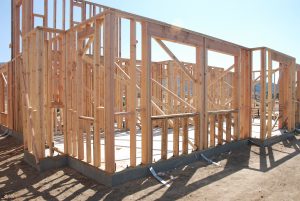 There’s a widespread labor shortage across the country, but that’s nothing new for the construction industry. During the homebuilding boom of the early 2000s, there was a lack of construction workers that was briefly cured when the housing market collapsed during the Great Recession and foreclosure crisis. …“The construction worker shortage has reached crisis level,” said Home Builders Institute (HBI) president and CEO Ed Brady in a recent statement. The numbers are staggering. The construction industry will need to attract nearly 650,000 additional workers on top of the normal pace of hiring in 2022 to meet the demand for labor, according to the Associated Builders and Contractors. Meanwhile, the HBI said 2.2 million new workers are needed within the next three years to meet housing demand.
There’s a widespread labor shortage across the country, but that’s nothing new for the construction industry. During the homebuilding boom of the early 2000s, there was a lack of construction workers that was briefly cured when the housing market collapsed during the Great Recession and foreclosure crisis. …“The construction worker shortage has reached crisis level,” said Home Builders Institute (HBI) president and CEO Ed Brady in a recent statement. The numbers are staggering. The construction industry will need to attract nearly 650,000 additional workers on top of the normal pace of hiring in 2022 to meet the demand for labor, according to the Associated Builders and Contractors. Meanwhile, the HBI said 2.2 million new workers are needed within the next three years to meet housing demand.
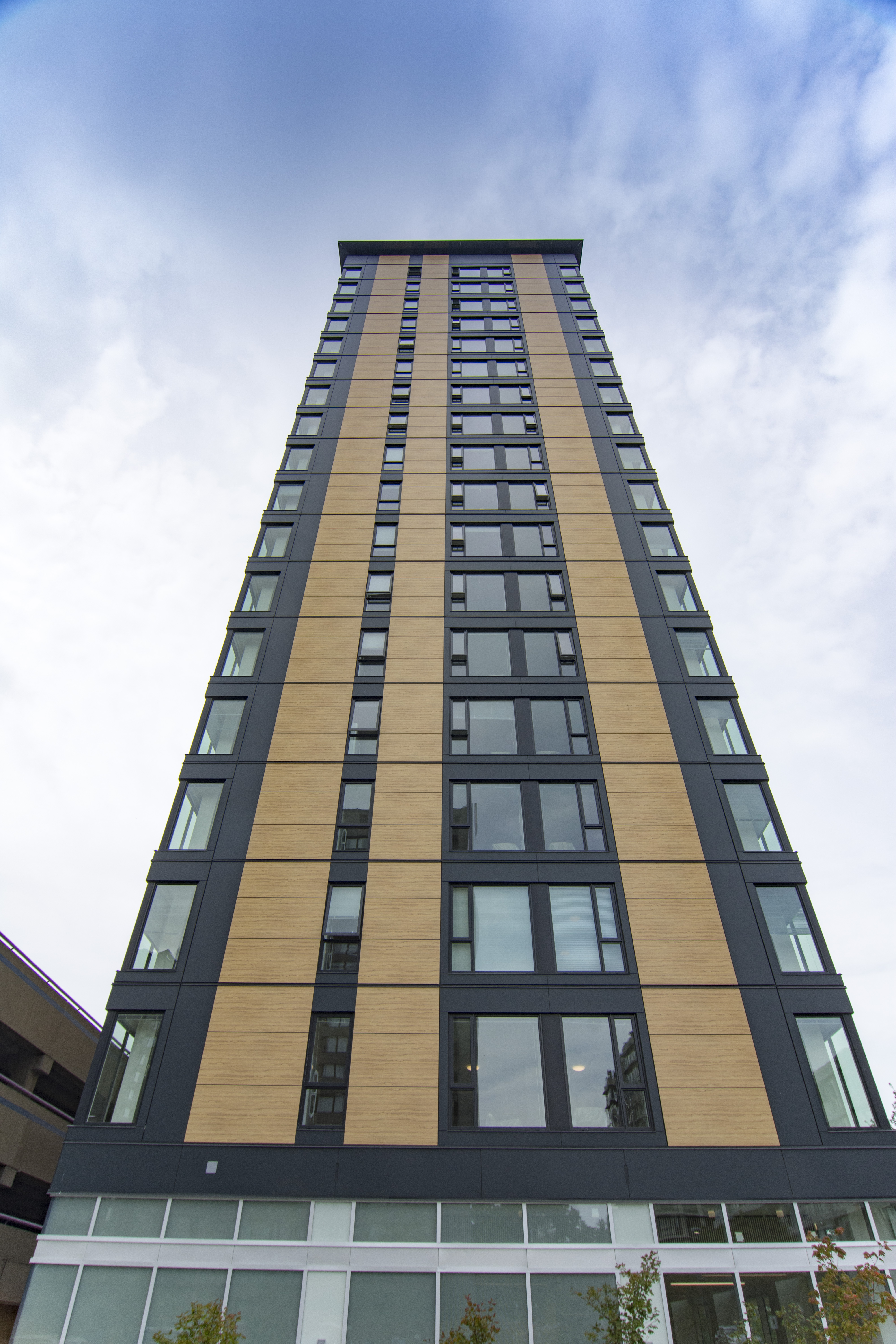 Construction using mass timber remains a viable option for addressing the labour and productivity challenges builders face, but unpredictable costs have made it a tough proposition in the current environment. According to a panel discussion hosted by the B.C. chapter of the Urban Land Institute mass timber checks several boxes, including environmental, economic and human resource factors. “The annual growth in productivity for the construction sector post-World War Two is 0.1 per cent per year,” said Peter Moonen, with the Canadian Wood Council. “Mass timber will play a role in enabling the construction sector to have industrialized production.” …But the dramatic escalation in the price of wood and other materials over the past year has thrown a wild card into the deck. …Supply chain issues also play a role, underscoring the need for a guaranteed route to market for mass timber. …Moonen said the global demand for CLT is anticipated to reach upwards of 3 million cubic metres by 2025.
Construction using mass timber remains a viable option for addressing the labour and productivity challenges builders face, but unpredictable costs have made it a tough proposition in the current environment. According to a panel discussion hosted by the B.C. chapter of the Urban Land Institute mass timber checks several boxes, including environmental, economic and human resource factors. “The annual growth in productivity for the construction sector post-World War Two is 0.1 per cent per year,” said Peter Moonen, with the Canadian Wood Council. “Mass timber will play a role in enabling the construction sector to have industrialized production.” …But the dramatic escalation in the price of wood and other materials over the past year has thrown a wild card into the deck. …Supply chain issues also play a role, underscoring the need for a guaranteed route to market for mass timber. …Moonen said the global demand for CLT is anticipated to reach upwards of 3 million cubic metres by 2025.  CORNWALL, Ontario — So, what are you going to finish the surface of your backyard deck with? Most retail markets will offer three choices, with those options being treated lumber, western red cedar, and composite (PVC) planking. Sure, there are other products to choose from, such as vinyl roll-on decking… cooked pine …and, IPE. …A treated lumber deck will cost about $2.50 per square foot. A cedar deck will cost about $5 per square foot. And, a composite deck will set you back about $8.50 per square foot. Now price isn’t always everything, but it probably accounts for the fact treated lumber is still the most chosen decking product. …Cedar decking, même chose. Although cedar is a terrific specie to use on your deck, it’ll look even more spectacular if you fasten it from underneath.
CORNWALL, Ontario — So, what are you going to finish the surface of your backyard deck with? Most retail markets will offer three choices, with those options being treated lumber, western red cedar, and composite (PVC) planking. Sure, there are other products to choose from, such as vinyl roll-on decking… cooked pine …and, IPE. …A treated lumber deck will cost about $2.50 per square foot. A cedar deck will cost about $5 per square foot. And, a composite deck will set you back about $8.50 per square foot. Now price isn’t always everything, but it probably accounts for the fact treated lumber is still the most chosen decking product. …Cedar decking, même chose. Although cedar is a terrific specie to use on your deck, it’ll look even more spectacular if you fasten it from underneath.


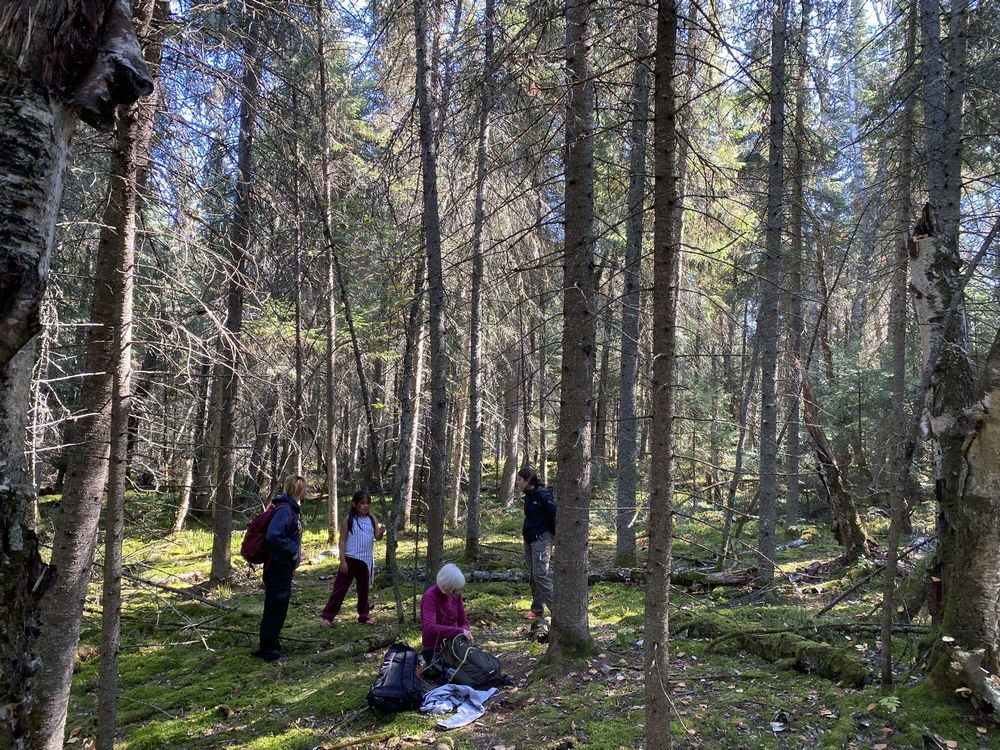


 Aaron Wightman taps maple trees in the Arnot Teaching and Research Forest. Wightman’s family has made maple syrup for generations. …he’s seen warming winter-spring temperatures push the tapping season back by more than a month. “We didn’t even tap until the end of February or early in March when I was young,” said Dr. Wightman, the co-director of the Maple Program at Cornell University. “Now we tap in early January.” …But in Quebec in 2021 the production shortfall siphoned 65% of the reserve last year, the Quebec Maple Syrup Producers said. “Production went down, and consumption went up,” said David Hall, president of the group’s Montérégie East region. And on a sour note, the sap wasn’t very sweet, he said….Pure maple syrup — not to be confused with processed pancake or table syrup — is about 67% sugar when finished. It also contains a slew of nutrients.
Aaron Wightman taps maple trees in the Arnot Teaching and Research Forest. Wightman’s family has made maple syrup for generations. …he’s seen warming winter-spring temperatures push the tapping season back by more than a month. “We didn’t even tap until the end of February or early in March when I was young,” said Dr. Wightman, the co-director of the Maple Program at Cornell University. “Now we tap in early January.” …But in Quebec in 2021 the production shortfall siphoned 65% of the reserve last year, the Quebec Maple Syrup Producers said. “Production went down, and consumption went up,” said David Hall, president of the group’s Montérégie East region. And on a sour note, the sap wasn’t very sweet, he said….Pure maple syrup — not to be confused with processed pancake or table syrup — is about 67% sugar when finished. It also contains a slew of nutrients.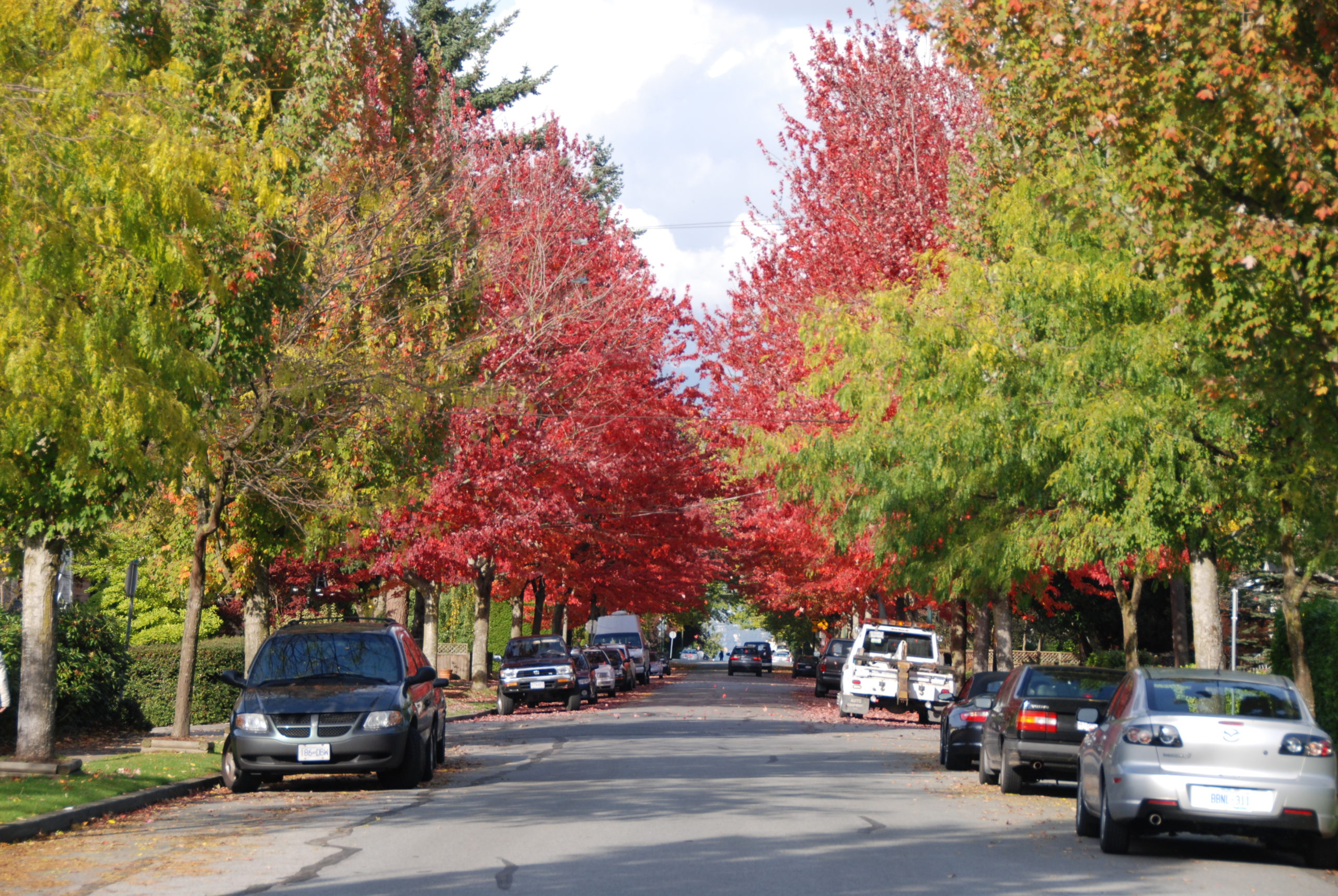 Indianapolis’ trees are worth a lot of money — nearly $258 million a year, according to a recent report. That’s not the price they would fetch for lumber if they were cut down, however. Quite the opposite, in fact: That’s the value of leaving the trees standing. The report identified more than 4,300 forested areas, defined as one acre or more of trees, across Marion County. Those pockets of green provide tremendous, yet often overlooked, benefits to residents. They help control flooding, improve air and water quality, increase property values and enhance quality of life. But the city’s urban forests are dwindling rapidly — being erased from the map and neighborhoods by encroaching development. And every tree cut down or pushed over by a bulldozer chips away at those important benefits. …Carbon Neutral Indiana wants to generate carbon offsets by establishing easements to protect forested areas across the city.
Indianapolis’ trees are worth a lot of money — nearly $258 million a year, according to a recent report. That’s not the price they would fetch for lumber if they were cut down, however. Quite the opposite, in fact: That’s the value of leaving the trees standing. The report identified more than 4,300 forested areas, defined as one acre or more of trees, across Marion County. Those pockets of green provide tremendous, yet often overlooked, benefits to residents. They help control flooding, improve air and water quality, increase property values and enhance quality of life. But the city’s urban forests are dwindling rapidly — being erased from the map and neighborhoods by encroaching development. And every tree cut down or pushed over by a bulldozer chips away at those important benefits. …Carbon Neutral Indiana wants to generate carbon offsets by establishing easements to protect forested areas across the city.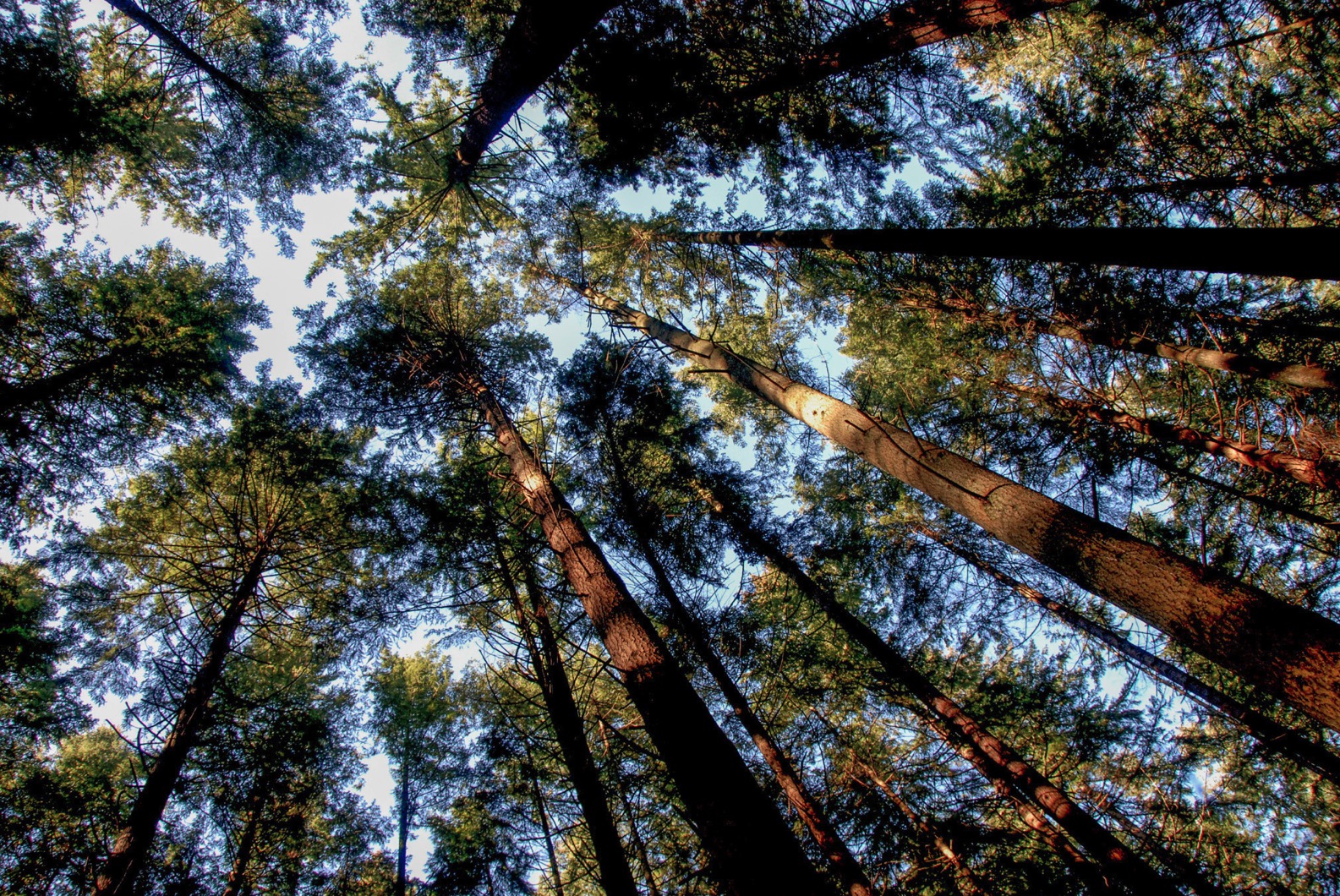 The concept of ecosystem services allows researchers to quantify the benefits that nature contributes to people into monetary units. A new study suggests that trees provide greater economic value when used to regulate climate and air quality than the value they produce as wood products, food crops, and Christmas trees. Trees sequester and store greenhouse gasses, filter air pollutants, provide wood, food, and other products, among other benefits. However, the service value of 400 individual tree species and tree lineages growing in forests and plantations in the contiguous U.S. was not previously known. To determine the ecosystem services value of U.S. trees, researchers mapped the value of trees and calculated the economic contributions to these services of every US tree species and lineage.
The concept of ecosystem services allows researchers to quantify the benefits that nature contributes to people into monetary units. A new study suggests that trees provide greater economic value when used to regulate climate and air quality than the value they produce as wood products, food crops, and Christmas trees. Trees sequester and store greenhouse gasses, filter air pollutants, provide wood, food, and other products, among other benefits. However, the service value of 400 individual tree species and tree lineages growing in forests and plantations in the contiguous U.S. was not previously known. To determine the ecosystem services value of U.S. trees, researchers mapped the value of trees and calculated the economic contributions to these services of every US tree species and lineage.  Protecting forests, changing diets, and altering farming methods could contribute around a quarter of the greenhouse gas cuts needed to avert the worst impacts of climate change, according to the United Nations’ climate panel. But the changes are unlikely to happen unless governments act to spur them along, the report from the Intergovernmental Panel on Climate Change found. “We are in the early stages of climate and agriculture policy development, but we need to start with acknowledging the urgency of the challenge,” said Ben Lilliston, director at the Institute for Agriculture and Trade Policy. “The IPCC warns that governments thus far have not been up to the task.” About 22% of global greenhouse gas emissions came from agriculture, forestry, and other land use sectors in 2019, the report said, around half of which were from deforestation. Much of the rest came from the combustion of fossil fuels.
Protecting forests, changing diets, and altering farming methods could contribute around a quarter of the greenhouse gas cuts needed to avert the worst impacts of climate change, according to the United Nations’ climate panel. But the changes are unlikely to happen unless governments act to spur them along, the report from the Intergovernmental Panel on Climate Change found. “We are in the early stages of climate and agriculture policy development, but we need to start with acknowledging the urgency of the challenge,” said Ben Lilliston, director at the Institute for Agriculture and Trade Policy. “The IPCC warns that governments thus far have not been up to the task.” About 22% of global greenhouse gas emissions came from agriculture, forestry, and other land use sectors in 2019, the report said, around half of which were from deforestation. Much of the rest came from the combustion of fossil fuels.